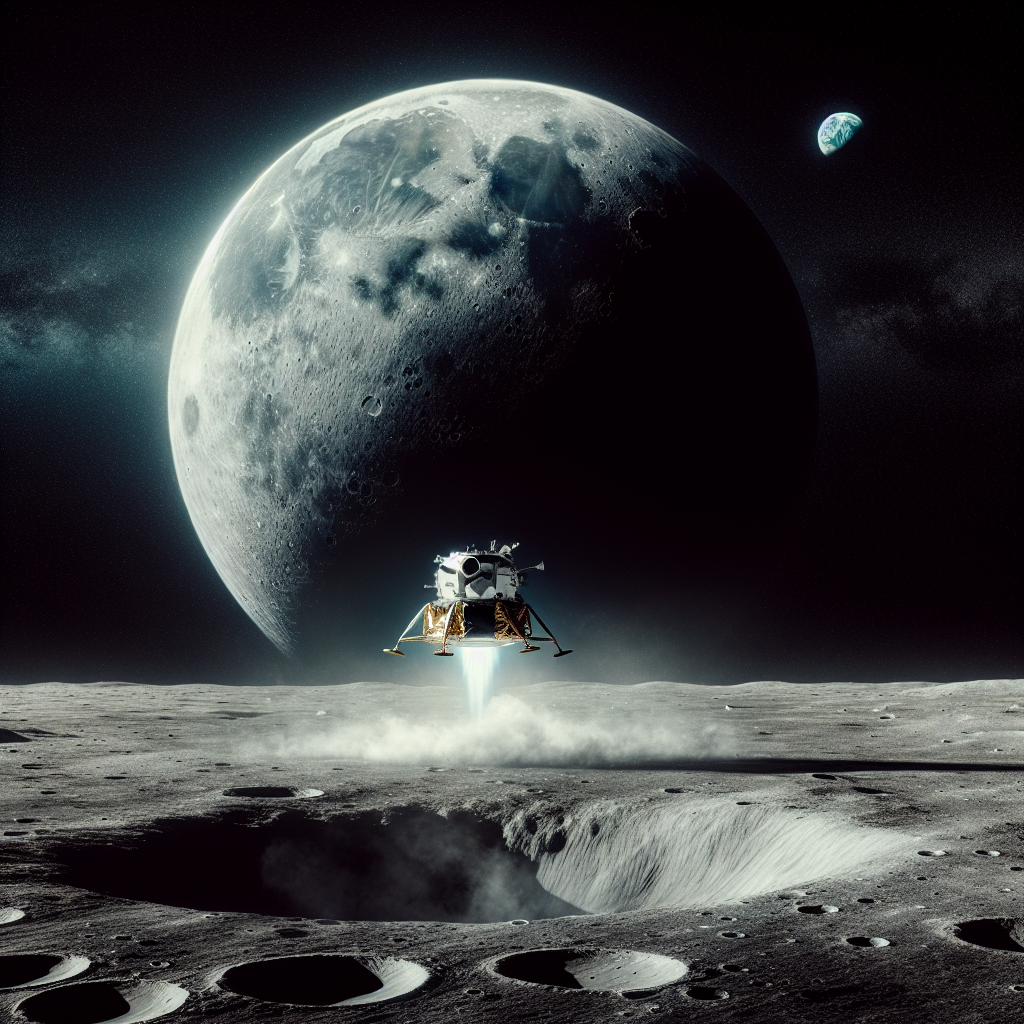NASA Reveals Nine Potential Artemis III Moon Landing Sites

NASA's Vision for Lunar Exploration
In a significant step towards reigniting human lunar exploration, NASA has unveiled nine potential landing sites for the Artemis III mission near the Moon's south pole. This mission aims to mark the historic return of humans to the lunar surface, following over half a century since the last Apollo mission. The Artemis program, initiated in 2019, has faced multiple rescheduling, setting its current launch target to 2026. The latest unveiling refines earlier plans and now highlights potential sites honed through advanced scientific research and engineering assessments.
Selection Criteria: Science and Safety
NASA's meticulous process involved a team of experts who utilized data provided by the Lunar Reconnaissance Orbiter (LRO) alongside extensive lunar science research. High-profile geologists played a crucial role, ensuring these areas were selected based on scientific potential, terrain suitability, communication with Earth, and lighting conditions. Crucially, these criteria also incorporated the safety of astronauts—both during descent and on the lunar surface.
Promising Potential of the Lunar South Pole
The Moon's south pole presents unique opportunities for scientific discovery, primarily due to its distinctive environment compared to previous Apollo landing sites. NASA highlights the region's ancient terrains and permanently shadowed areas that might harbor water—crucial for sustaining future human presence. These factors could potentially transform lunar exploration, enabling extended missions and deeper scientific understanding of lunar resources.
Artemis III Mission Objectives
The Artemis III mission will undertake to send up to four astronauts using NASA's Space Launch System. They will journey in the Orion spacecraft before two astronauts descend using SpaceX's Starship Human Landing System. Upon landing, the mission anticipates conducting up to four moonwalks during their week-long stay. NASA also plans to pre-position a remotely controlled rover at the site, capable of transporting astronauts to unexplored, shadowed regions on the Moon, potentially revealing geological secrets and resources previously inaccessible.
Previous Lunar Missions in the South Pole
The focus on the Moon's south pole is a continuation of increasing interest by spacefaring nations. India's Chandrayaan-3 mission achieved a successful landing in this region, followed by China's Chang’e 6 mission. These missions further reinforce the scientific and strategic value of the south pole, suggesting a collaborative international effort towards lunar exploration.
As Sarah Noble, Artemis lunar science lead, emphasizes, "The south pole's environment is vastly different from Apollo's landings, opening new frontiers for exploration and science advancement." By advancing research in water-rich, shadowed regions, humanity edges closer to understanding and possibly inhabiting the lunar landscape.




